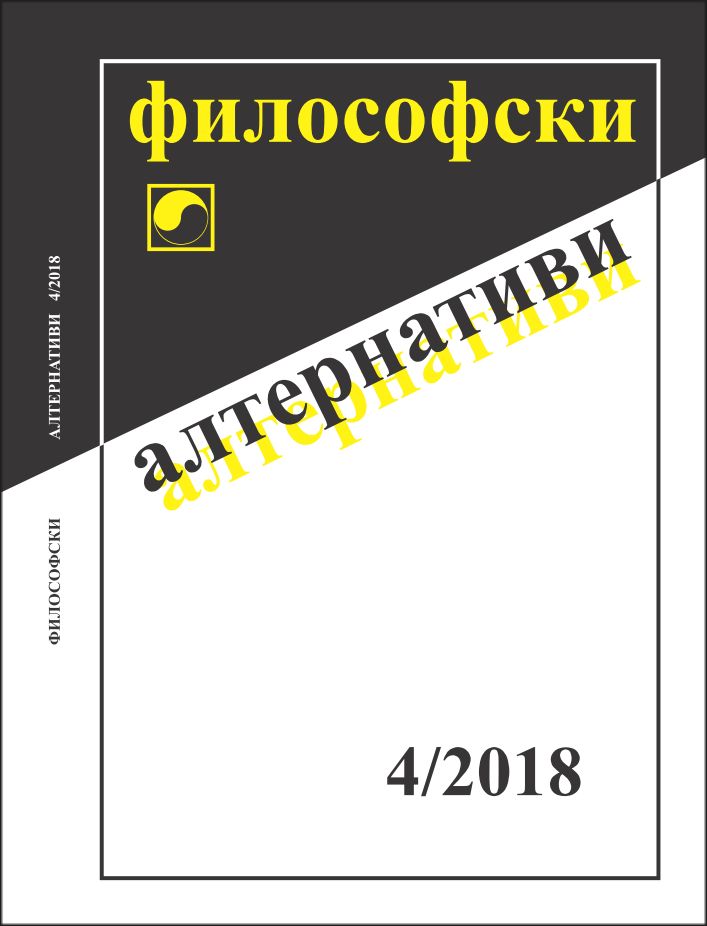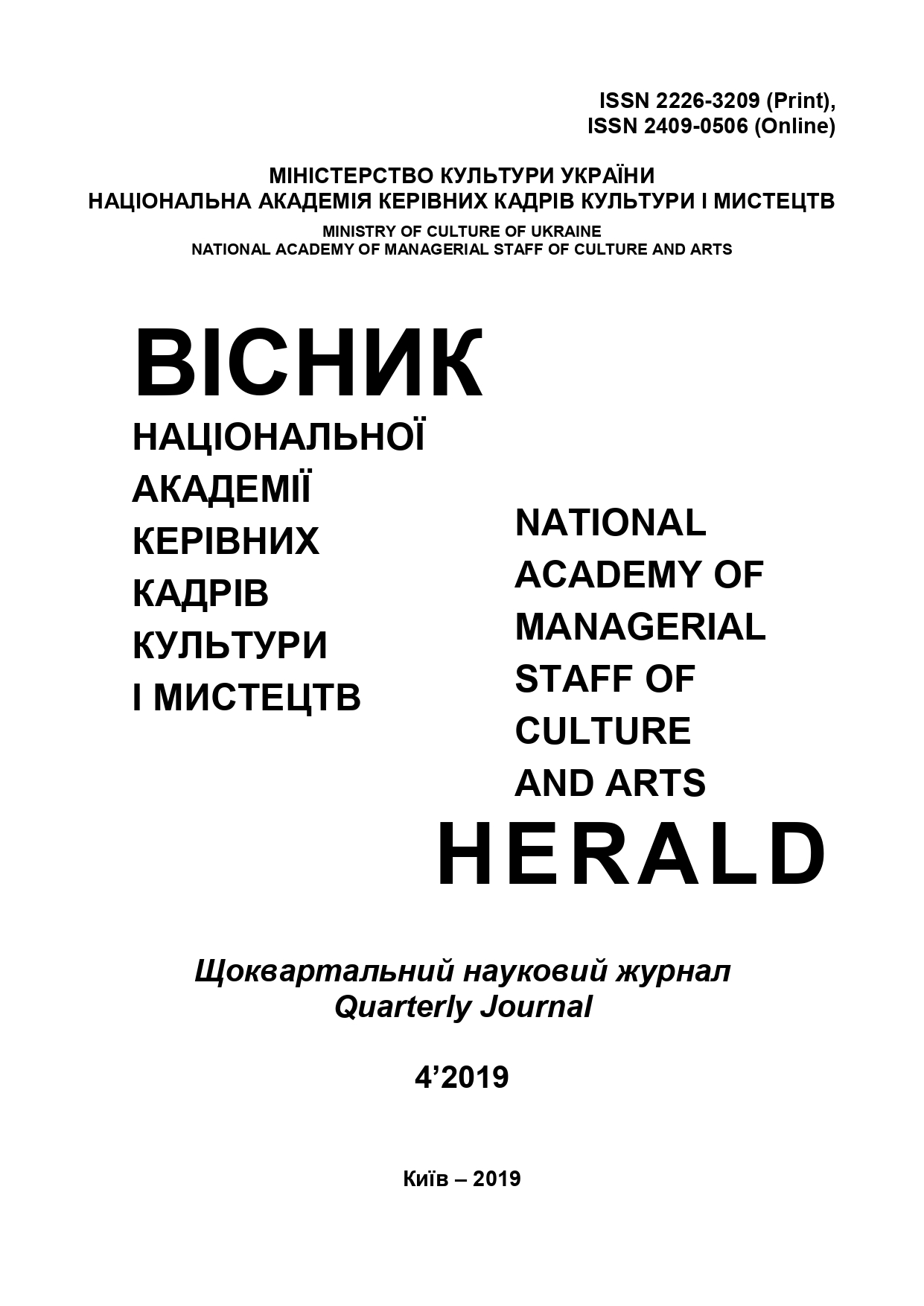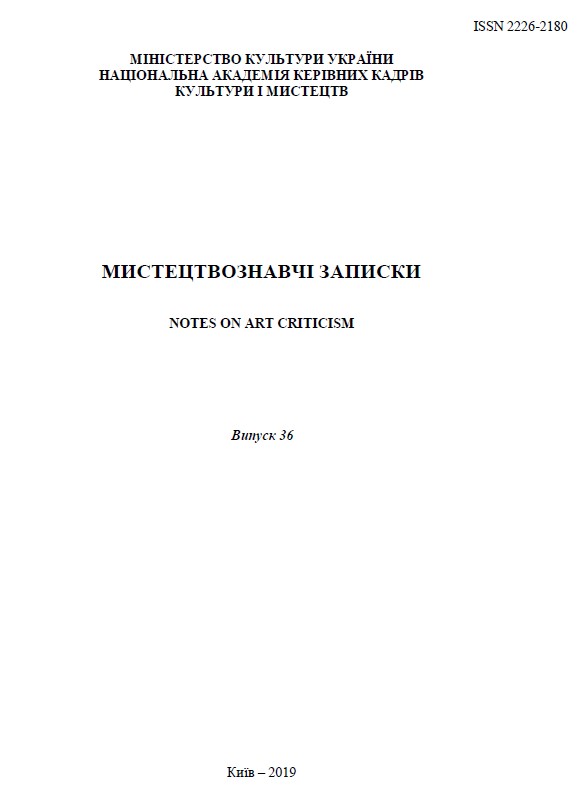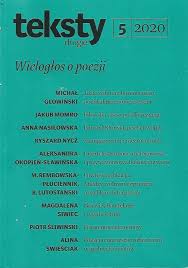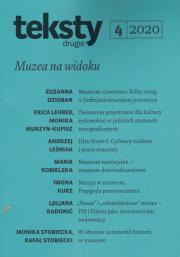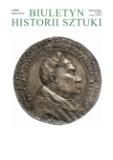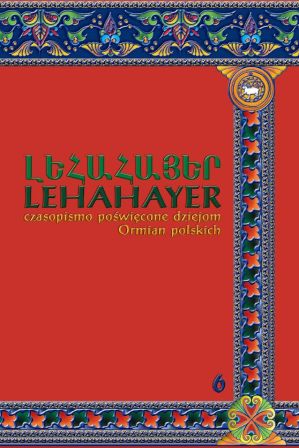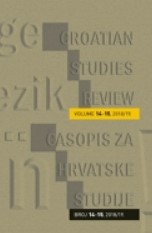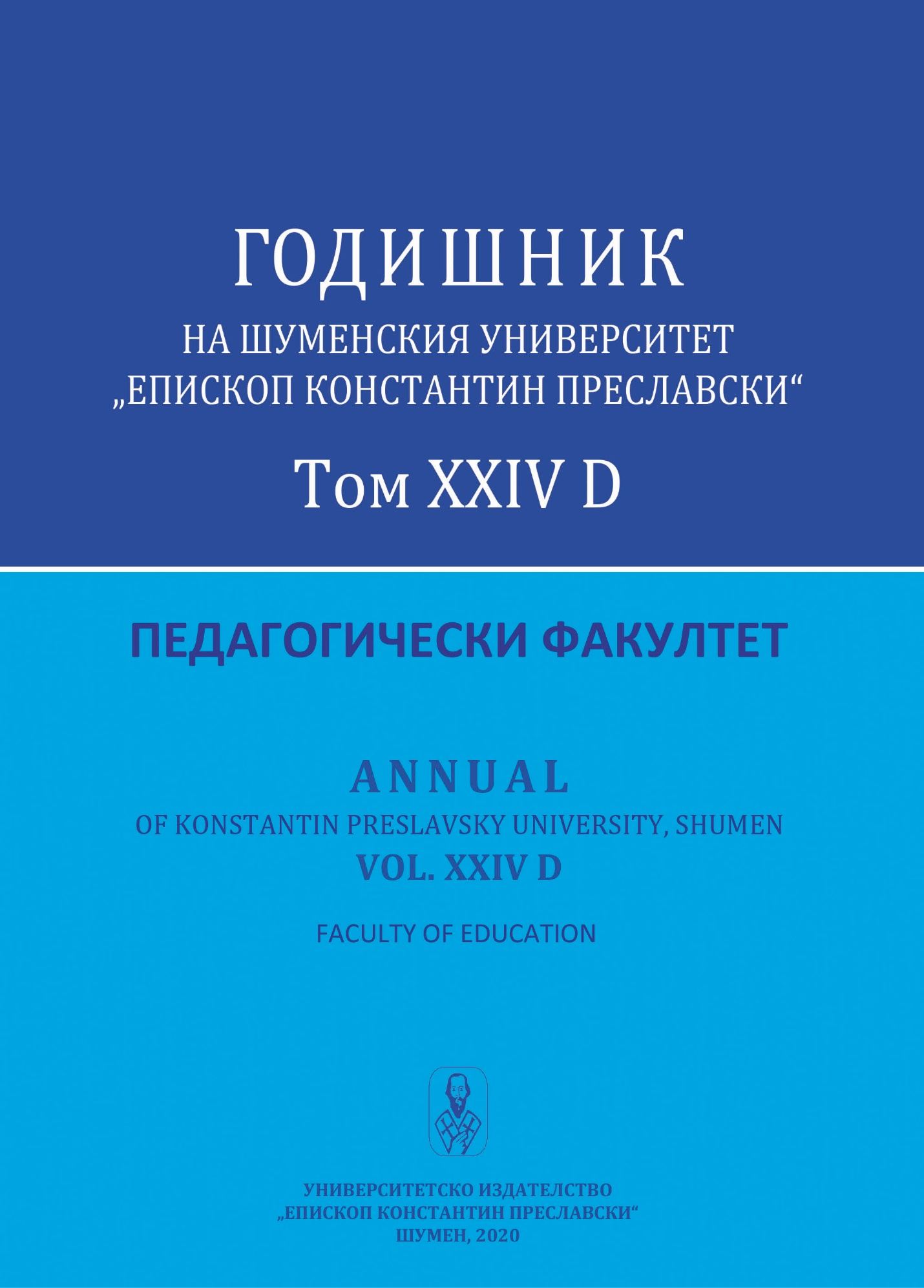Author(s): Volodymyr Odrekhivskyi,Vasyl Odrekhivskyi / Language(s): Ukrainian
Issue: 4/2019
The purpose of the article is to highlight and analyze the artworks of Ukrainian artists who lived and worked outside Ukraine in the XX century and used innovative sculptural means of expression in their work. Methodology. The study is based on the art history method, a complex combination of the method of artistic analysis, classification, and abstraction, factual-descriptive, comparative, historical, and structural-typological methods. The scientific novelty of the article is the disclosure of the aspect of image-plastic transformation in the Ukrainian sculpture of the XX century, emphasizing the conceptual problems of color and movement. The systematization of the selected examples allows us to form a new look at Ukrainian sculpture in its inseparable unity with world artistic trends. Conclusions. As a result of the research, innovative plastic researches of Ukrainian sculptors of the XX century, which could embody their author's concepts outside of Ukraine, were demonstrated. The works of A. Archipenko, K. Milonadis, M. Urban, A. Pereima, R. Kostinyuk, M. Dzyndra confirmed the existence and clarified the features of the conceptual-plastic aspects of polychromy and kineticism, assemblage and installation, which, in turn, proves the fact of integration of this segment of Ukrainian culture in the art-world process of the XX century. It was confirmed that A. Archipenko's creative inventions became a significant source of inspiration for future generations of Ukrainian sculptors. If in states where Catholicism was prevalent, it was a circular sculpture that was the main imaginative in the religious sphere, then the requests of Orthodox Christianity sent artistic expression into a two-dimensional imagery space. Kievan Rus was dominated by the Byzantine icon painting tradition, which actively developed painting (including murals) and mosaics that are directly related to the use of color. This influenced the whole further course of the development of Ukrainian art and, undoubtedly, on a certain subconscious level also influenced the polychrome experiments of O. Arkhipenko and other sculptors of the twentieth century, despite the fact that they were engaged in a kind of art, which in its traditional expression was relatively rarely foreseen. use of color and its conceptual and expressive aspects.
More...
